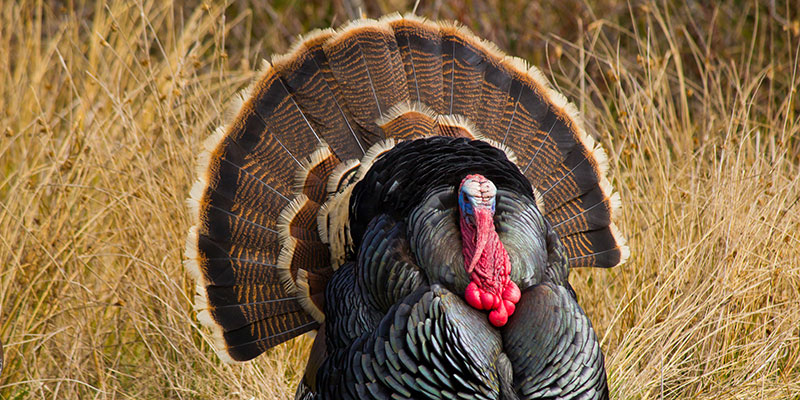For many of us, the fourth Thursday of November is a time to enjoy quality time with extended family. The day consists of football, gratitude, and tons of delicious food. At the centerpiece of that feast is the turkey.
Studies have found that Americans consume 46 million turkeys each year on Thanksgiving. That means that 90% of all dining tables have turkey as the focal point.
Clearly, we enjoy the delectable white and dark meats of this giant bird. When we think of the Thanksgiving holiday, the first thing that comes to mind is the food. But why not dig a little deeper this year? For the history buffs among us, National Geographic Kids breaks down the holiday, dispels myths about what the settlers wore and ate, and makes space for the perspective of Native Americans. If your kids are into science, this is also a good time to ask some questions around the dinner table. What do we know about turkey, besides the fact that it tastes good? Turns out, there are some incredibly interesting science facts behind the bird of the hour.
The turkey may be related to the T-Rex
Apparently, the turkey’s wishbone is about more than just a silly game kids play. According to LiveScience.com, the bird’s wishbone dates back more than 150 million years to a group of meat-eating dinosaurs, including the Tyrannosaurus rex and Velociraptor. It is a reminder that birds, in general, evolved from dinosaurs!

Turkey makes you feel sleepy
Some of us may already be aware of the amino acid, Tryptophan and that it causes us to feel sleepy after consuming it. Juan Carlos Hernandez, a fifth grade teacher at Betsy Ross Elementary, explains the effects of Tryptophan on the human body. “Our body changes Tryptophan to Niacin which is associated with sleep. Some [other] foods that I know contain Tryptophan are mozzarella cheese, eggs, soybeans, and pumpkin seeds.”
What some of us may not know, is that Tryptophan is in many different varieties of foods. So, why do we only focus on turkey making us sleepy? It could be because of the excess amount of carbohydrates that we eat along with that Thanksgiving turkey. The surplus of carbs plus the Tryptophan is a recipe for drowsiness.
Its throat color changes depending on its mood
Mood rings may be long out of style, but some animals, including the turkey, have a natural color-change response according to their moods. “A lot of animals can change color to indicate their mood, as a defense mechanism, to attract mates or to camouflage,” Ashley Hill, Fullerton Union High School Biology and Chemistry teacher explains. “For a turkey, it is believed to show blue when calm and red when agitated. This probably serves as an indicator to the other turkeys around it.”
A turkey’s gender can be determined by its droppings
You might want to think twice before sharing this particular fun fact at the dinner table! Believe it or not, you can actually determine the gender of a wild turkey by looking at the shape of its droppings. Male turkeys, also called gobblers, leave behind feces in the shape of a letter J. Females, or hens, have spiral-shaped poop, according to Gone Outdoors.

The turkey is fast
Wild turkeys are said to have very powerful legs; so powerful, in fact, that they can run at speeds of almost 25 miles per hour. Flying is still faster though. It’s a myth that turkeys can’t fly. They can fly in short bursts, during which they are said to reach speeds of 55 miles per hour.
We’re sure both the kids and grown-ups in your family will get a kick out of these neat science facts. Share some of your newfound knowledge about turkeys while gathered around the table this year.









